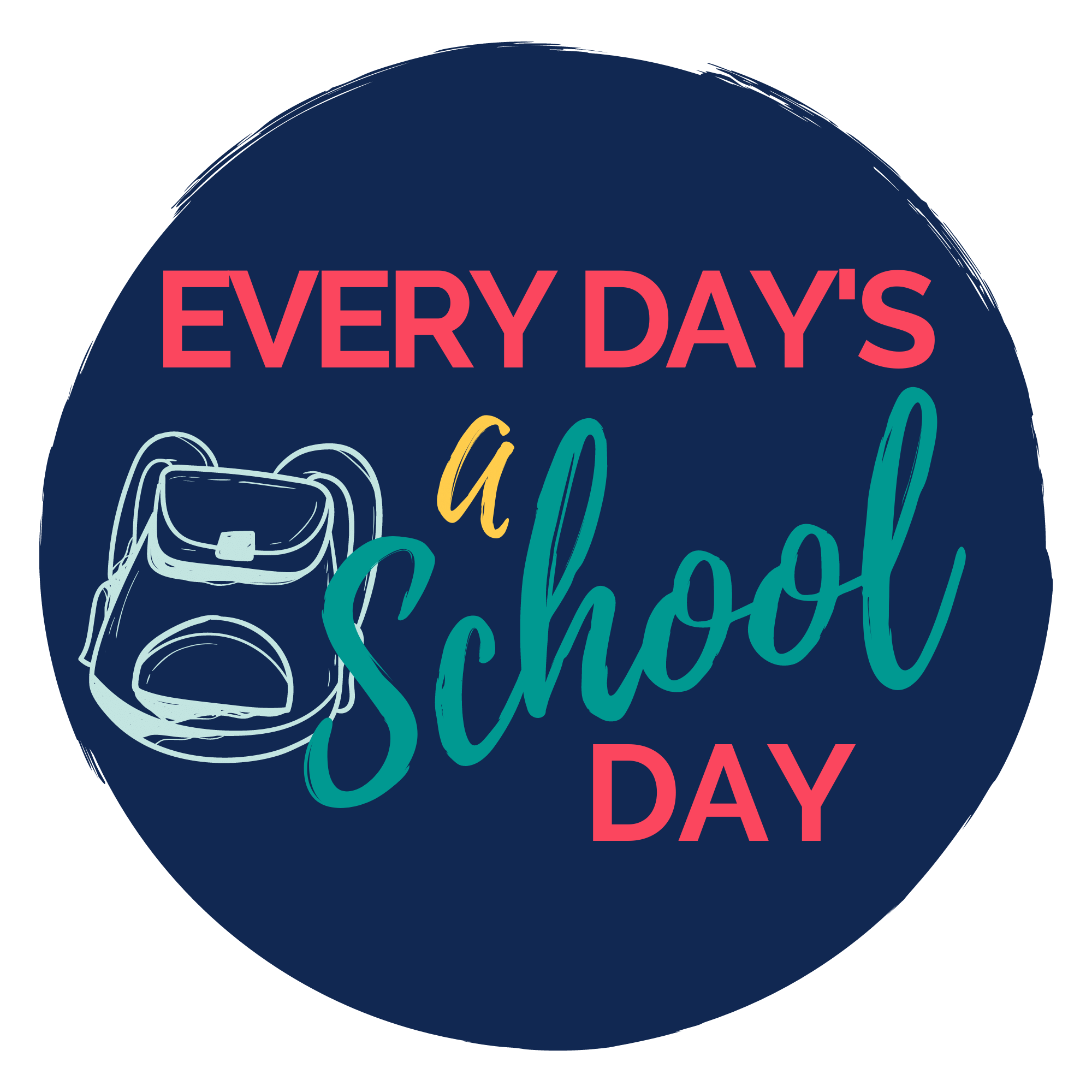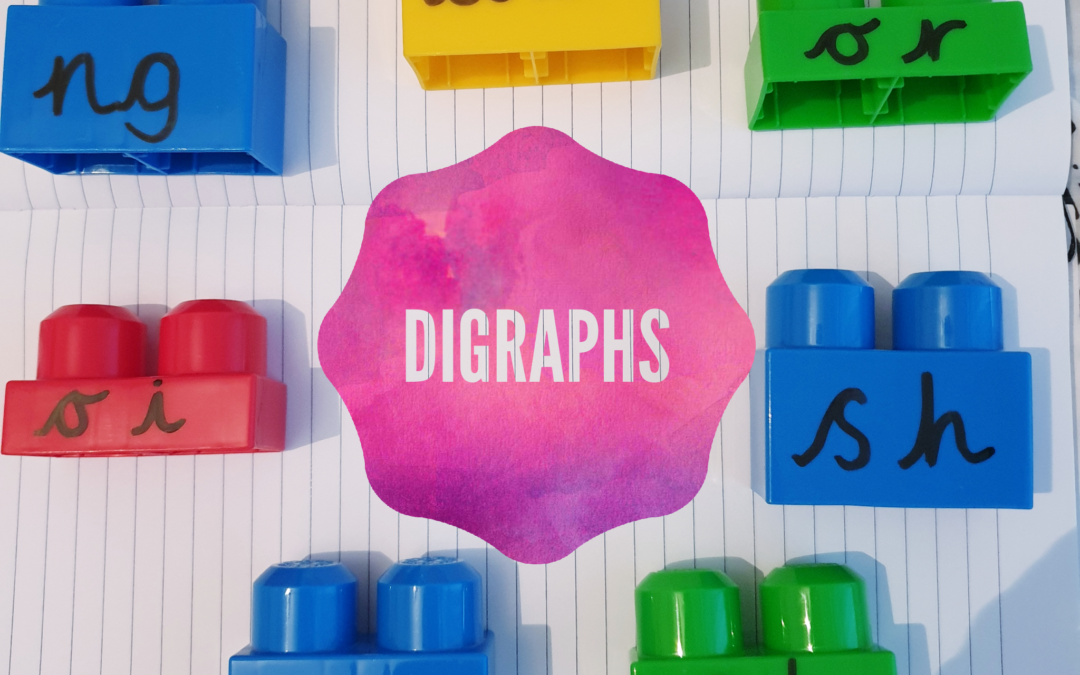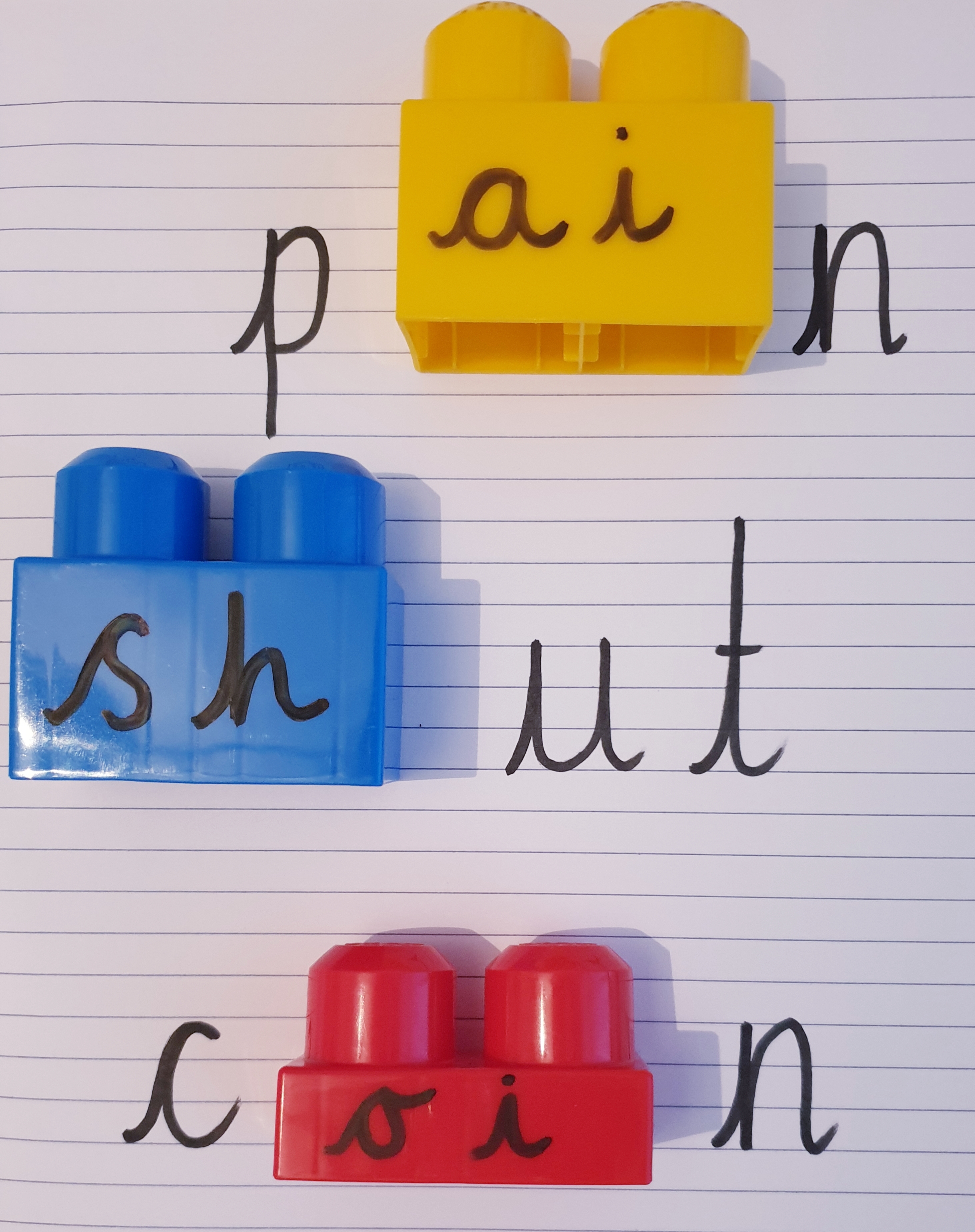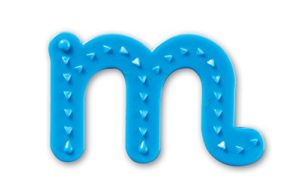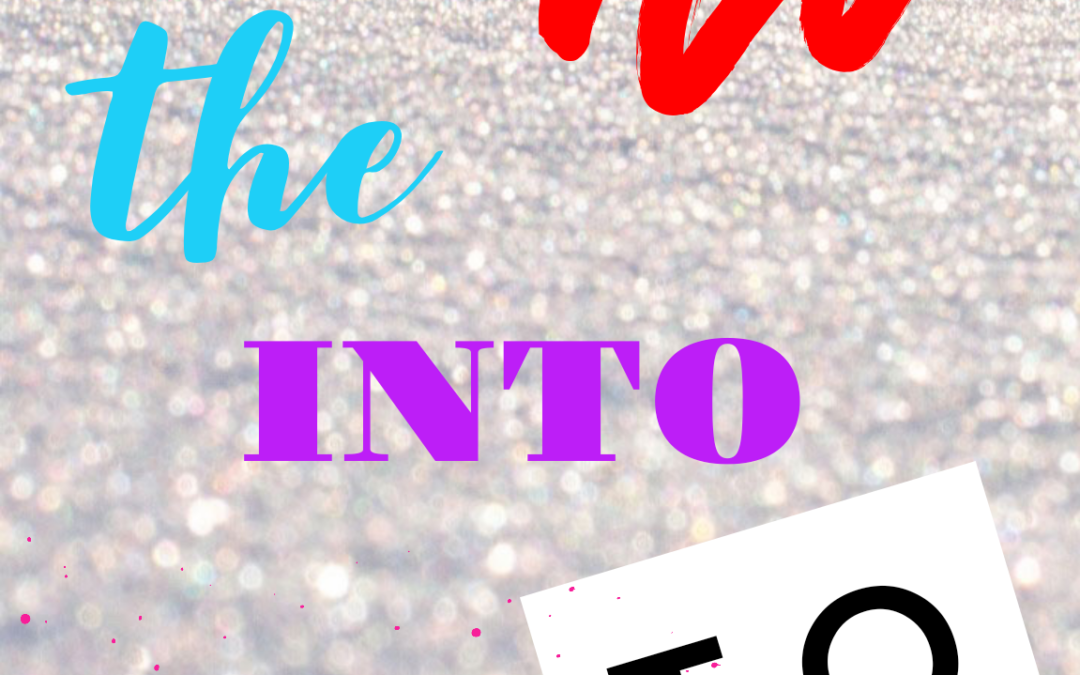
Tricky Words
To put it simply these are words that DO NOT sound out.
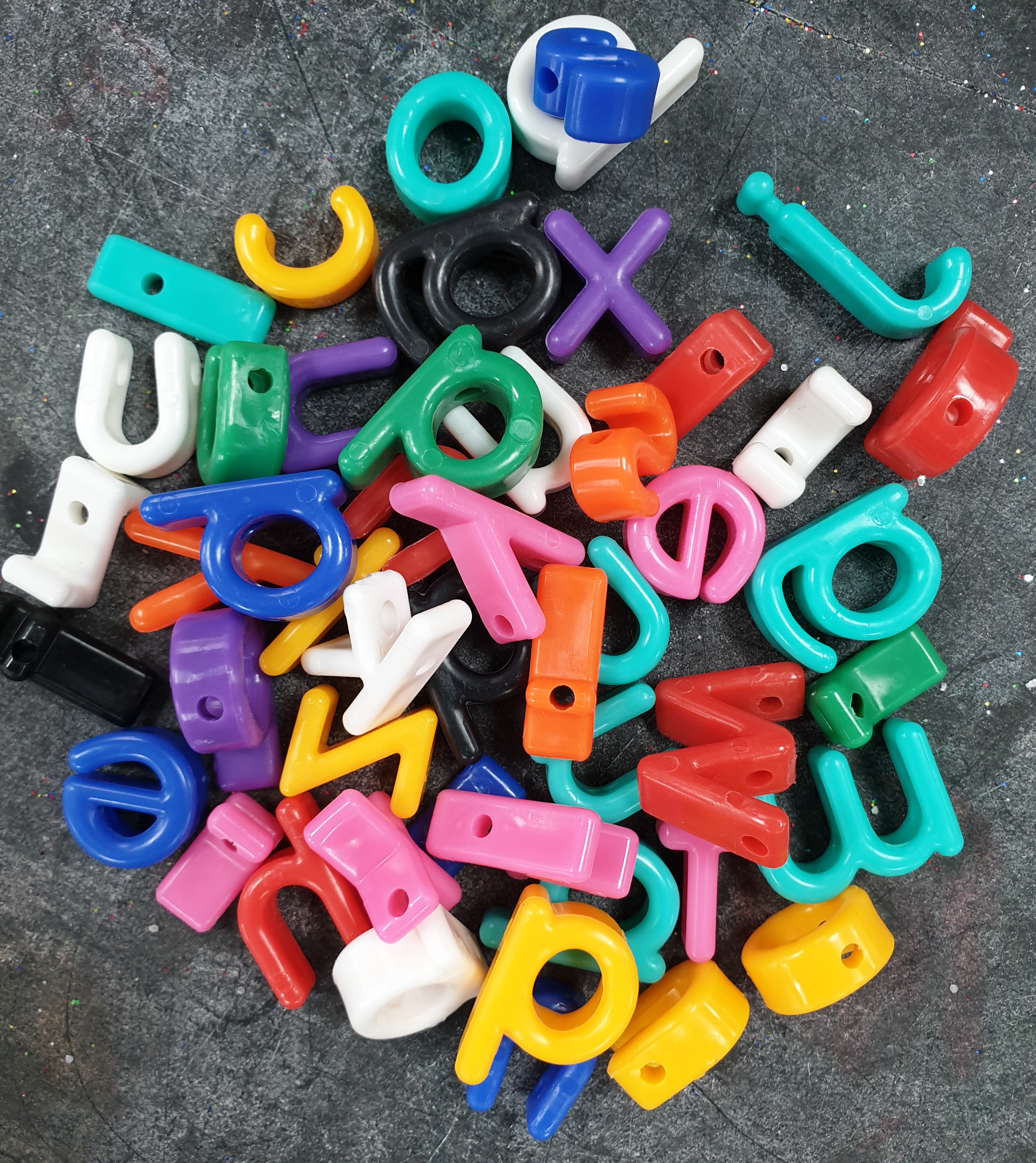
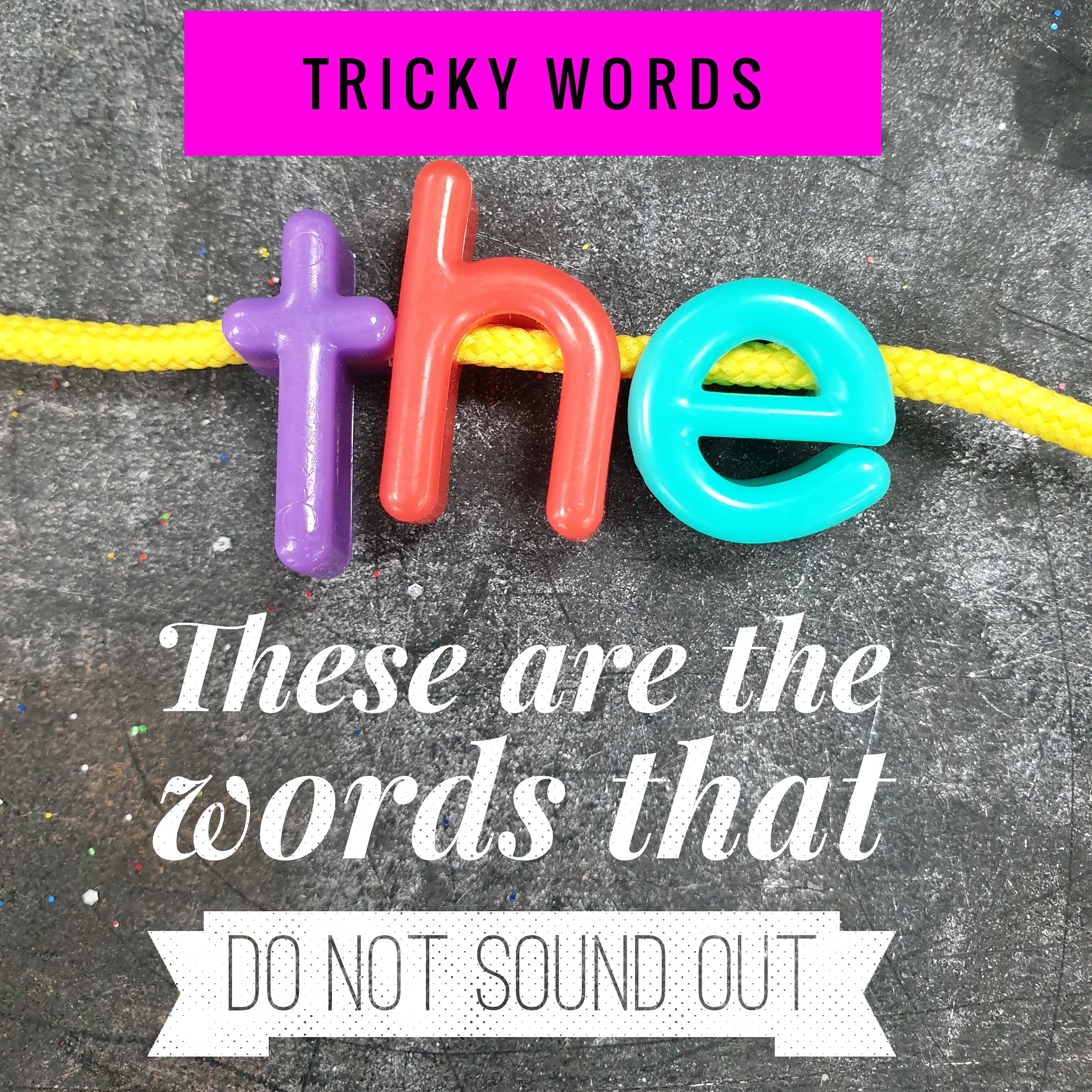

Want to know more?
These badboys do not ‘sound out’ (yeh, so everything we’ve been previously telling you about systematically sounding out…it’s not necessarily true!) so you can’t rely on simple blending or segmenting to get these ones right.
How do our children get taught these? Well, they just have to learn them! Harsh, we know. Not only do they have to learn individual sounds and then recognise these sounds within a word and THEN blend them, they also need to spot and remember WHOLE words known as tricky words. Full on for any adult, let alone a 5 year old!
Oh and to throw another spanner in the works- your child may know these as ‘common exception words’ – it means the same thing just different terminology!
Your child should learn these words alongside their sounds during their phonics sessions. These will be taught from Reception and are split into different Phases and again increase in difficulty as your child progresses through school. It is useful to know these words when reading with your child so that you do not try to sound them out (as they don’t follow the rules).
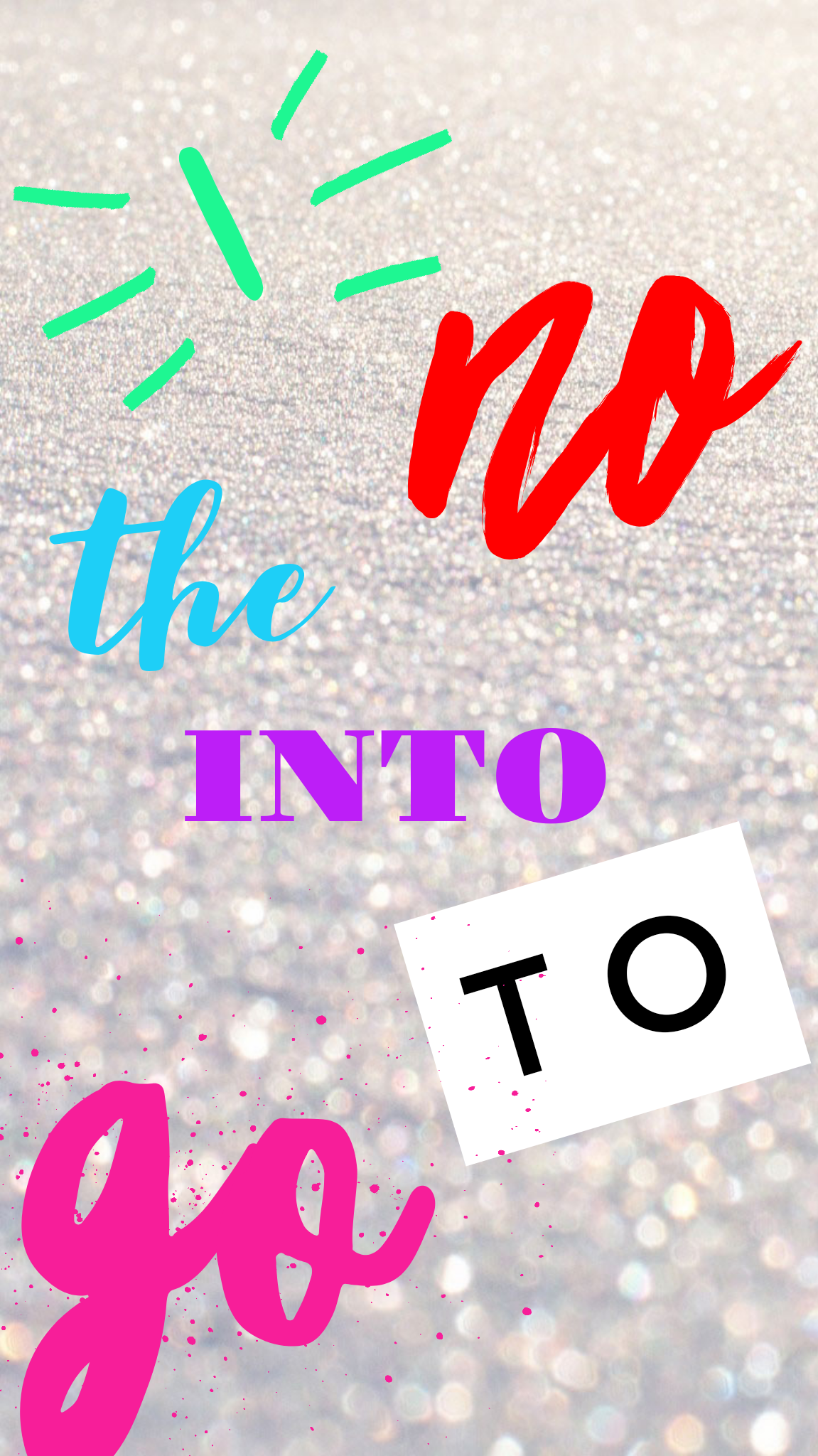
To help spot these tricky words, we have created a table (to the right) that contains most of the tricky words your child will be learning within Reception and Year 1 with the corresponding phase (don’t worry, we will talk more about phases soon). Look out for our Instagram stories this week with more of these words.

The more exposure your child has to these words, the better they will become at recognising them in a text or using them within their written work. As mentioned a million times before, reading is everywhere; on the back of your child’s favourite cereal, at the supermarket, at the park, road signs…everywhere! If you know what you are looking for you can easily spot these words and help your child recognise them.
All of our posts and stories this week will be based on tricky words and we aim to provide you with lots of interesting activities to help support your child at home. If you haven’t already, please give our Instagram page a follow. We REALLY appreciate your feedback- let us know if there is anything that you are stuck with.
Happy tricky words week!!
.
First 18 Tricky Words: free download
Click here to get an easy printable sheet with Tricky Words
Here’s a free download with the first 18 tricky words that your child will learn at school, aren’t we lovely!
Just click to download the PDF document. Print out and then cut up the words to use with all of the great game and practise ideas. Ideas on Highlights on instagram and facebook! Yay, happy practising.
Let us know if downloads like this are useful, we can offer more!
